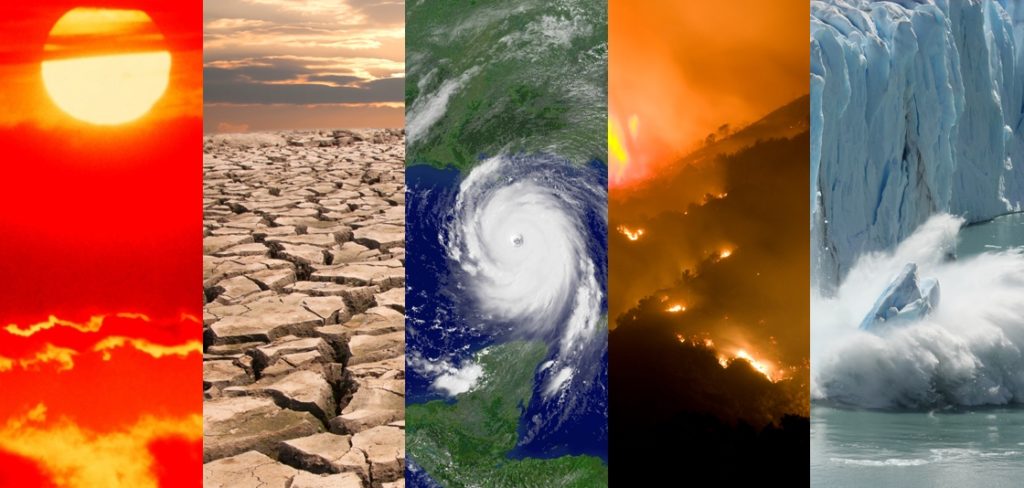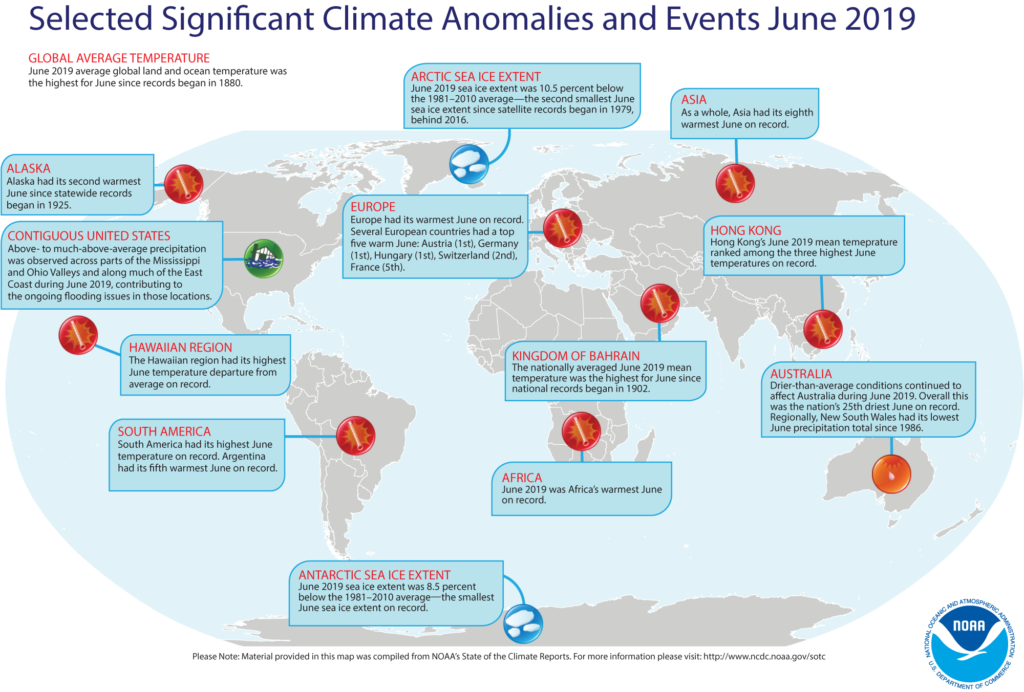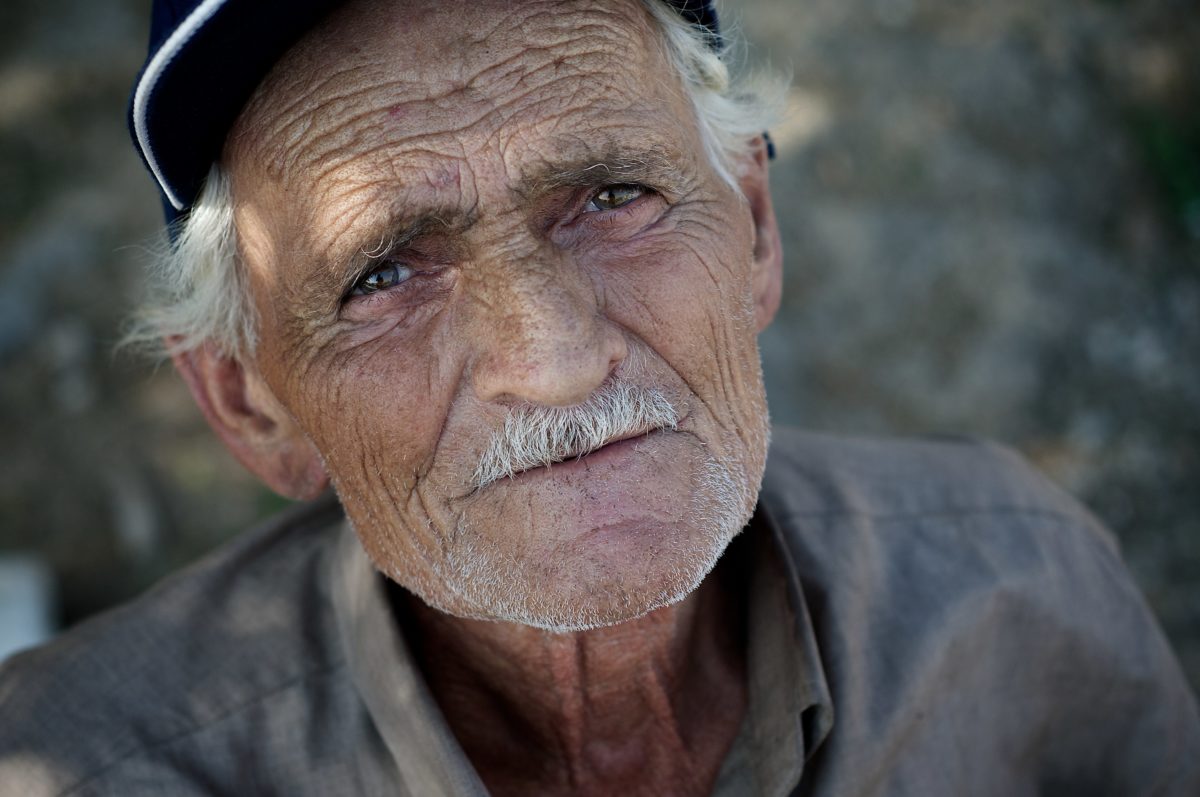
Happy cows’ flatulence could be overheating the atmosphere
By Terry Miller
You may have noticed that each year our planet gets hotter than previous years and while the naysayers say there’s no such thing as global warming, there is obviously a great danger for our Earth. Life on Earth depends on energy coming from the sun.
According to NASA, “about half the light reaching Earth’s atmosphere passes through the air and clouds to the surface, where it is absorbed and then radiated upward in the form of infrared heat. About 90% of this heat is then absorbed by the greenhouse gases and radiated back toward the surface, which is warmed to a life-supporting average of 59 degrees Fahrenheit (15 degrees Celsius).”
The consequences of changing the natural atmospheric greenhouse are difficult to predict, but certain effects seem likely:
- On average, Earth will become warmer.
- Warmer conditions will probably lead to more evaporation and precipitation overall, some regions will become wetter and others dryer.
- A stronger greenhouse effect will warm the oceans and partially melt glaciers and other ice, increasing sea level. Ocean water also will expand if it warms, contributing further to sea level rise.
- Some crops and other plants may respond favorably to increased atmospheric carbon dioxide (CO2), growing more vigorously and using water more efficiently. However, higher temperatures and shifting climate patterns may change the areas where crops grow best and affect the makeup of natural plant communities.
Just take a look at one of the most unlikely places in the world for wildfires, Siberia. Smoke from Siberian wildfires has choked Russian cities and towns. Unusually hot and dry conditions have led to fires blazing across the Arctic. Firefighters on the ground sprayed thin water streams on small fire remnants. States of emergency were declared in the regions of Irkutsk, Buryatia, Sakha and Krasnoyarsk. Seven million hectares of forest burned in June and July, and 13 million have been destroyed since the beginning of the year, according to Bloomberg. Smoke from the wildfires is blowing over some cities, including Novosibirsk, Russia’s third-largest. People in the worst affected regions say the smoke is blotting out the sun and making it hard to breathe.
According to New Scientist magazine:
“It is estimated that the fires in Siberia have released 300 megatonnes of carbon dioxide in July alone, the most since satellite records began around two decades ago. This will fuel further climate change, although the amounts are relatively small compared with the 40,000 megatonnes of carbon dioxide emitted by human activities each year.
“The soot from fires can also cause local warming by absorbing sunlight, warming the surrounding air, or the snow or ice it falls on. This will add to existing global warming in the Arctic, which is already heating up much faster than most regions.
“The planet as a whole has just experienced the hottest June ever recorded. Hot air from the recent record-breaking European heatwave has now reached the Arctic, warming the region even further.”
President Donald Trump has falsely called climate change a “hoax” invented by China, suggested that wind turbines cause cancer and dismissed a landmark scientific report produced by the federal government’s own scientists. The Trump Administration has sought to reduce key climate regulations at every turn.

In Iowa farmers have been pummeled by droughts and flooding. Residents in Michigan and Wisconsin have seen the damaging effects of climate change on the Great Lakes, including a rise in invasive species and increased water temperatures.
According to Time Magazine’s Justin Worland: “Even veteran GOP pollster Frank Luntz, who once counseled Republicans muddy the science of climate change, issued a memo last month calling global warming a ‘GOP vulnerability.’ More than half of Republicans want to see the government take action to stem carbon emissions, according to Luntz’s memo.”
What can we do?
It perhaps sounds odd to many carnivores but here are four simple changes you can make to your diet to reduce its climate impact:
- Eat meat-free meals.
- Buy organic and local whenever possible.
- Don’t waste food.
- Grow your own.
Methane Gas
Writing for CNBC, Jane Wells reported back in October 2016 that “Cows are apparently the main culprit of livestock methane — “through flatulence, belching and manure. An estimated 19 percent of methane wafting through California’s air comes from so-called dairy cattle ‘enteric,’ that is, gas coming out of one end or the other of the animal. Another 25 percent comes from dairy manure, and 10 percent comes from nondairy livestock.”
If methane leaks into the air before being used — from a let’s say a cattle farm for instance — it absorbs the sun’s heat and warms the atmosphere. For this reason, it’s considered a greenhouse gas, like carbon dioxide. Have you ever driven by these massive “farms” where thousands of cattle linger in their own excrement and emit an unholy foul stench into the atmosphere? It’s bad, really bad and noxious.
Hence the massive influx of Beyond Meat and Impossible Burgers, plant-based foods that are now appearing in just about every restaurant and fast food joint in the country.







